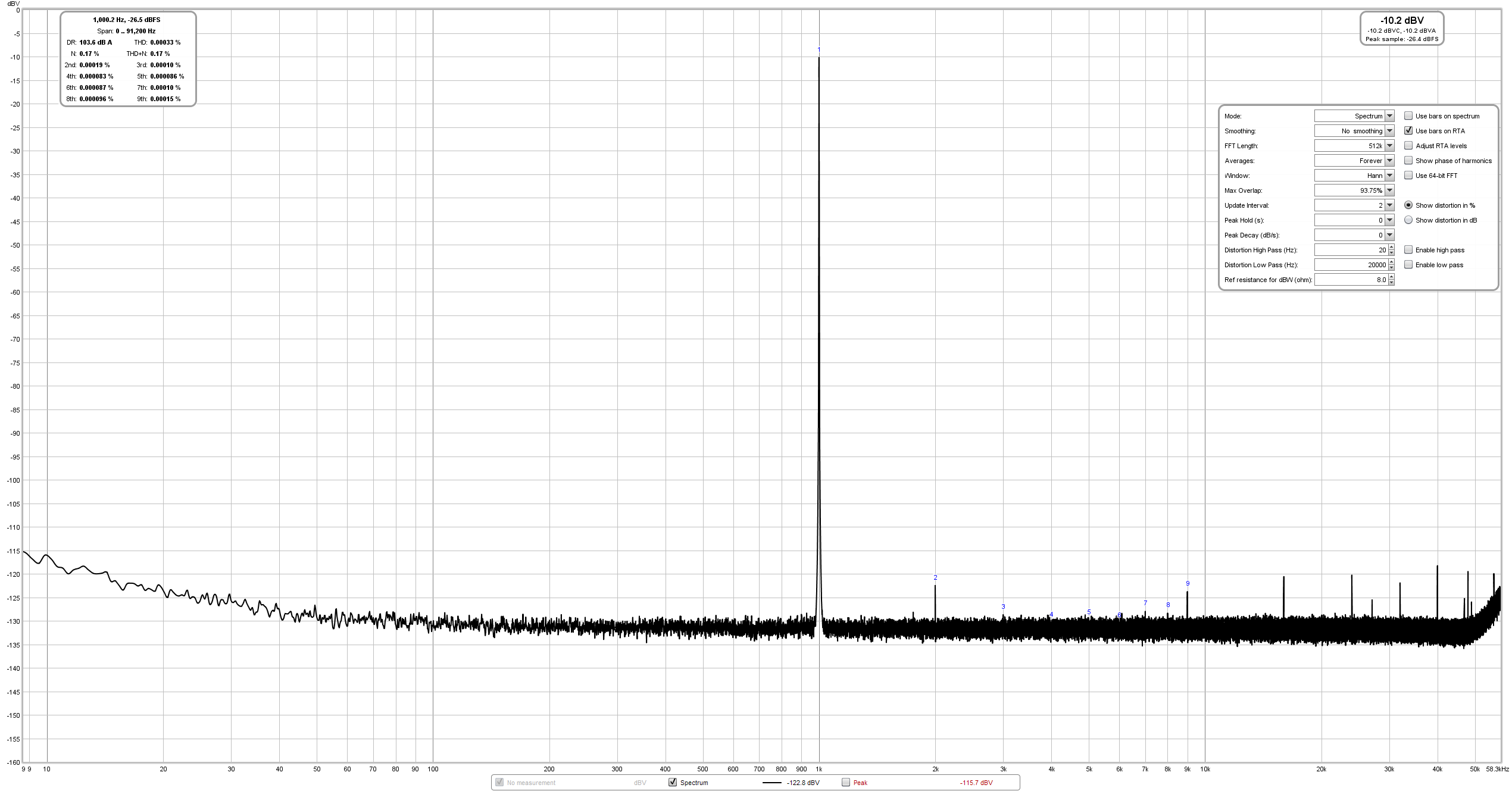If you want to enjoy the extra benefit of the DSD, please take into account to have also a good and dedicated hardware which is capable of managing this technology in the proper way.
Every car in this world has 4 wheels, but the racing cars are quite different right?
There are DAPs which are affected by missing ground isolation, or act differently (producing noise) when your smartphone is very close to the DAP.
It's not easy to produce an electronic board which is able to filter everything and when you are close to the perfection it means that you have to spend money into a dedicated product.
Smartphone are too generic and not at all focused on the audio quality.
The Snapdragon Samsung Galaxy S10 series (and many other smartphones) are likely audibly transparent, so there is usually no need to buy overpriced standalone DAPs like your iBasso DX220, as there will be no audible improvement in most cases. Here's a comparison between measurements of the Snapdragon S10's performance:
And the iBasso DX200 (very similar to your DX220 with the same DAC):
As you can see, the iBasso actually has higher (worse) THD than the S10, with a 3rd (and other odd-order) harmonic spikes (absent in the S10) - distortion which is much more dissonant to the ear than even (e.g. 2nd) order spikes. It's a myth that in order to get good audio playback fidelity these days you need to spend hundreds or even $1000 (e.g. the DX220) on a DAP, when most people already have a smartphone in their pocket that is equal (or as can be seen here in some areas better) in audio performance.
Anyway, let's get back on topic, to the actual cause of my issue - I've tested that my S10e can playback DSD128 tracks, which it does perfectly using another app (HiByMusic player in 'Native DSD mode'), so this looks like an issue specifically Neutron has with the S10's firmware (the hardware is definitely not the problem, being a high-fidelity audio chip capable of up to 384kHz/32bit playback, native DSD, DoP, as well as DXD support, just like the iBasso).
My question, to the Neutron developer
@dmitrykos, remains - why can I hear the original music playing underneath the noise when PCM to DSD is on? Doesn't this mean the DSD data is in fact being sent to the DAC? And so the extra noise could be eliminated? If this info helps, I've confirmed the same noise + music in the background issue occurs when playing an actual DSD128 (and DSD64) track through Neutron with 'DSD, DSD over PCM (DoP)' on but 'PCM to DSD' off (and 'Native DSD' both on and off, so neither native DSD playback nor DoP work properly).





















